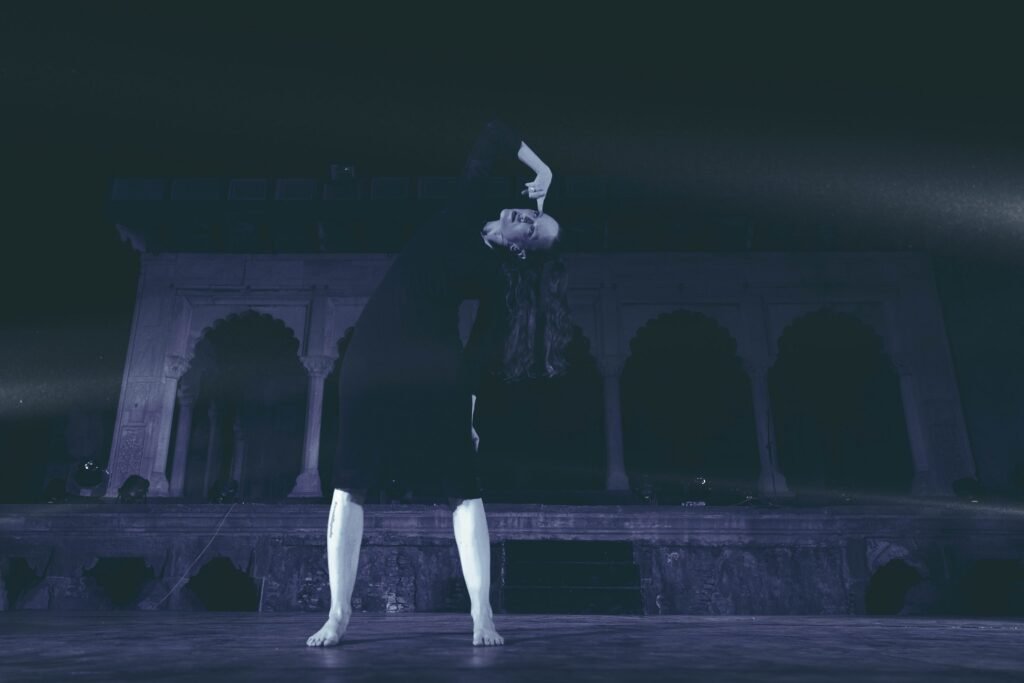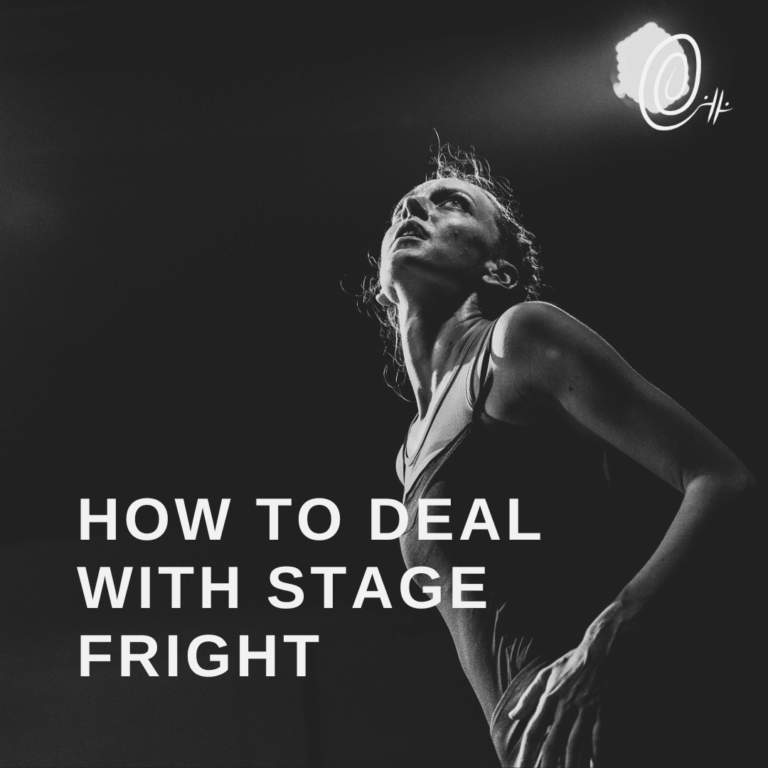How to Prepare for a Solo Performance
Solo performance can be a scary thing, but it has its advantages. I’ve been performing dance and dance theater solo for close to six years now and know from experience that preparing for solo performances requires its own storytelling techniques, and there are some things that work better than others. This article is a quick tutorial of the process of preparing a solo performance from idea to the stage. I offer tips and a few flags of what not to do or obstacles to be aware of.
Step 1: Choose the right story
In this blog you will often hear (read?) me saying that a huge part of the performing arts and particularly dance is choosing the right story. Movement is abstract, therefore, it doesn’t work with all stories. You can lose an audience very quickly or get stuck in pantomime if you try to add too many specifics or small details that need to be understood for the story to move forward.
This gets especially tricky when we start talking solos. Obviously, anything which requires input from two or more people is out – lovers quarrels (an easy duet) or someone fighting against a system (great for groups) are not possible here. Any conflict has to be with the self, and the journey has to be undertaken alone.
Journeys through emotions or conflicts with the self – such as confidence/self-esteem – can work well in a solo. In one solo called “Allow Me to Break Your Heart,” I used a simple story of trying to say something and being unable, and when I finally did, it literally broke me apart. In another longer solo called “With Love From Gillian,” the first section was about learning how to move and perform and the act of giving oneself away in performance which led to giving away too much, leaving me empty and lost. The second section, then, was the process to find the threads and put myself back together again – but then again at the end, starting giving it away again through performance.
The audience might have interpreted these slightly differently but the point is, in a solo the journey has to be clear enough through a single person. There are some storytelling techniques you can use to get around this – in one solo I used a voice message to an ex-boyfriend’s mother to set the context, which effectively made the piece a duet between me and the recording.

Whatever story you choose, though, you want to keep in mind that a solo needs to have a lot of dynamic shifts, both in the movement and the emotional journey. Because you can’t rely on lifts or big groups to distract the audience, the story has to keep moving. You should try to transition to a new ‘plot point’ every few minutes. You don’t have to rush through it like your life depends on it, but it needs to continuously evolve.
Step 2: Crafting the Movement
Whatever style you are working in – mime, dance, or some combination of the two like me – there are some general things to remember as you create your solo.
Firstly, there are a lot of different storytelling techniques to draw on, and using a variety will help keep your solo interesting. Some of my favorites are symbolic movement (postures or body language that correspond with specific feelings or situations, like begging), exploring the physicality of emotions (like tense and fast for anxiety), and the dichotomy of different movement styles to express different states of being.
This is where improvisation can really help. Sometimes it can be difficult to think of movements, and I find if I try to choreograph everything from the beginning the overall pacing of the solo doesn’t work. So I often spend time improvising on the concept or idea. This can be with the music, if I’ve already figured it out, or not.
Because I have a lot of experience performing and am very comfortable improvising, sometimes I don’t actually end up choreographing the whole solo. I’ll sketch out the structure which includes when things happen and how, and I often set the tone of the movement or physicality, but I won’t set every step.
If you aren’t comfortable with dance improvisation, it’s a good idea to film your solo and watch it back several times during the process, to help you with the pacing. One thing that trips people up in my experience is that they lose the story for the sake of the movement. You have to have both in a dance solo, the stylized movement but also the story.
One thing to be aware of here is that solos often become very introspective. I can’t tell you how many times I’ve gotten bored during a solo because the dancer is so involved in their own journey and there’s not a sense that it’s a performance. It’s like watching someone have a personal crisis, and I don’t particularly find that interesting. Remember, even though it’s a solo, it’s also a performance – keep the audience involved as well.
Step 3: Performing
Bringing the whole performance together involves music, costume, and lights. I often keep the costume, lights, and sets minimal to avoid distraction, but that’s a personal choice. The lights can be very powerful even if simple – just the ability to dim, highlight different parts of the stage, or add color highlights to emotional moments can make a big difference.
This part speaks to something where solo performances definitely get a bit tricky, which is the WOW factor. If you watch tv shows or other commercial dance solo performances, they are full of tricks, spins, kicks, and flips. It’s a whole lot of technique, with a few bits of expression added it to make it less boring. I’m thinking of Sergei Polunin’s version of “Take Me to Church.” While it is no doubt impressive, I find the emotional expression fairly cliché, though you don’t notice because he’s such an incredible technician.
You can tell where I fall on the spectrum. I think technique is useful, and spinning or kicking or doing impressive floor work has a place. However, that place is, in my opinion, in service to the story. I like to incorporate these moments of increased technicality in moments of increased emotion, scattered throughout to make a particular impression.
I also think that successful solos make good use of stillness. There’s something very powerful about watching someone be brave and vulnerable enough to just stand on stage without doing anything, and using that in certain moments can be a poignant storytelling technique.
Ready steady solo?
Solo performances are dangerous things, because there is nowhere to hide. It’s just you and the audience, and there’s no one else to distract them. My advice is to focus on the evolution of the movement as it corresponds with the story, and with some wise choices on pacing and plot, they can be very successful. It’s also quite freeing – you don’t have to stick with the group or match your ideas/movement to someone else. You can explore your own ideas deeply, and discover new movements and expressions you didn’t know you had.
I really love performing solo, and I hope this tutorial will help you come to love it as well!







